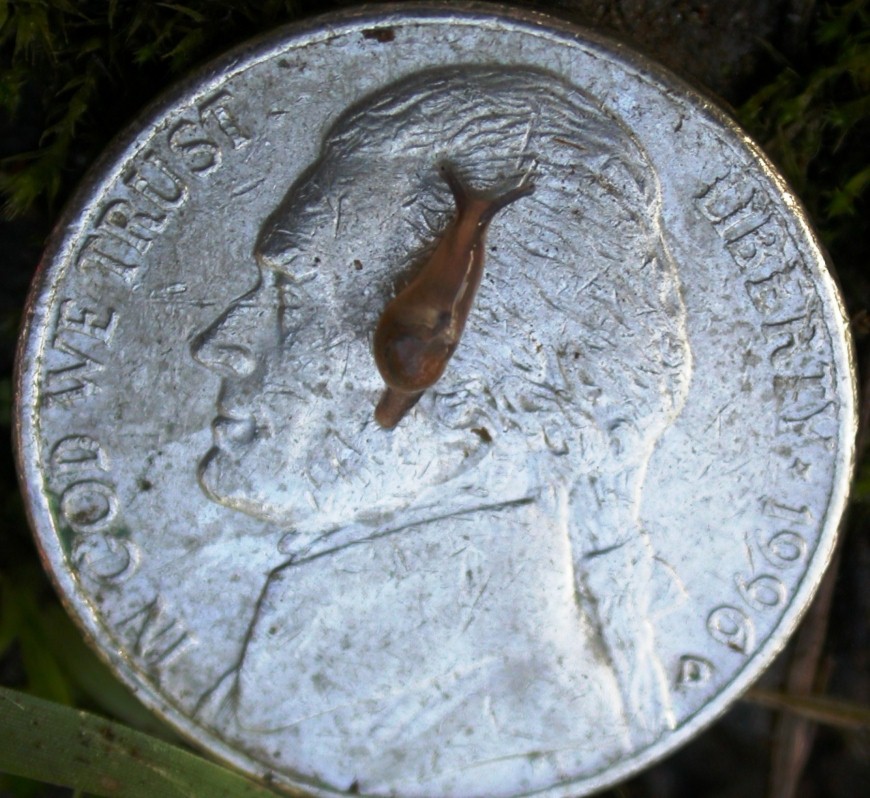In the normal life cycle of rat lungworm (Angiostrongylus cantonensis), snails and slugs eat rat feces that contain the first-stage lungworm larvae. Thoselarvae develop to the third stage in the snails. When rats eat the snails, the larvae develop into adults in the central nervous system of the rats and reproduce in the pulmonary system lungs of the infected animals. Eggs hatch in the lungsand first-stage larvae are then coughedup and excreted. Snails and slugs eat the rat feces, starting the cycle anew.
When humans eat infected snails or slugs – either accidentally, for example, by eating produce that has been inad- equately washed, or deliberately, say, on a dare – the larvae enter the blood stream and migrate to the brain, where they die. The migrating larvae can bring on the symptoms of tingling often reported by victims of the disease. The worms eventually die in the victims’ brains, but pain and symptoms can last for months and even years. In some cases, victims have died.
The more larvae are ingested, the higher the parasite load, and the more severe the symptoms.
Water catchment systems, frequently used in the Big Island district of Puna, can also be a source of infection. Drowned slugs can shed live larvae, which can infect humans if the wateris not sufficiently filtered.
Rat lungworm larvae can also end up in other animals, including freshwater prawns or frogs that eat slugs and snails. These can also be a source of human infection if they are eaten raw.
Infection with rat lungworm larvae is termed angiostrongyliasis, a type of eosinophilic meningitis. (Eosinophils are white blood cells that develop in response to parasitic infections; meningitis is the inflammation of the liningaround the brain and spinal cord.)
Many of the most frequently asked questions about rat lungworm disease and related issues have been tackled by researchers at the Daniel K. Inouye College of Pharmacy at the University of Hawai‘i-Hilo. They host a website with FAQs: pharmacy.uhh.hawaii. edu/rat-lungworm-frequently-asked-questions.


Leave a Reply